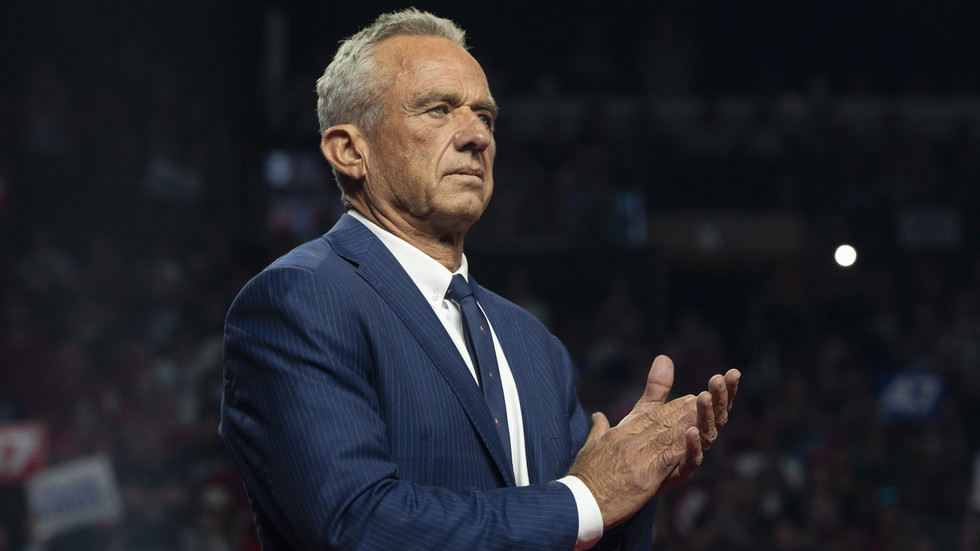A question that plagues Indian fintech startup founders is how to bring finance and technology together to build a viable use case and create a real impact, particularly if India does become the world’s third-largest economy globally by 2027, as s prophesied by the minister of state for electronics and information technology, Ashwini Vaishnaw.

What does it take to build a long-lasting fintech startup in India that will help revolutionise the way financial services are accessed? And how should a fintech startup decide whether to go the funding route or the bootstrapping route?
According to Trivesh D, COO, Tradejini, technology was given priority from Day 1 onwards. “If you build good products, customers will come and when customers come, you don’t need to depend on your CAC, which, predominantly, is the main reason why, today, companies are raising money, wanting to onboard more and more customers at an accelerated pace and ensure customers don’t try out competitors.”
Even a decade ago, the allure of raising capital was not that high, Trivesh said. “The focus was on how to build profitable businesses for the long term.”
So what changed?
“Back in 2012, the concept of discount broking was not prevalent. People would come to us and say, ‘At ₹20, there’s no way you’ll be able to earn money, get profitable and be sustainable’. But, there was wisdom on our side and over the years we realised that it is a game of volume. The markets have matured over the years and the business has seen phenomenal growth. That has kept us above the ground, always to ensure that we never had to drain the coffers or raise funding. Today, the inclination for bootstrapped companies is, also, a lot higher and that’s a very good sign to understand how frugal the founders are.”
As a fintech startup, what does it take to perfect the product-market fit?
According to Akshar Shah, founder and CEO, Fixerra, people associate expertise with a brand that’s gone deep into something and solved for it. “I’ve learned that in the market, it’s better to create vertical expertise and go deep into it rather than having multiple horizontal expertise when you’re starting out. What we identified in January 2023 is that while there has been a good focus on equities and it’s almost invariable that they should be picked up in the long run, we felt there’s a limitation when it comes to customers having access to traditional asset classes that they understand and trust.”
“We were looking at whether we could give customers access to various deposits across banks and NBFCs, wherein they can access it digitally and without having to open a savings account. So, we did a lot of research and understood the friction of customers, who don’t want to open a new savings account or visit a bank branch. We looked at how we could create a system of opening an FD without having to open a savings account and still open it across multiple banks and NBFCs, with these institutions as our key tie-ups. Then, the customer would be very happy to prefer one with a higher interest rate and tenure. Now, we’re with about seven NBFCs and banks offering their deposits to more than 20,000,” he explained.
Trivesh remarks, “For the markets to hit $5 trillion, which is what India is ambitious to reach in terms of GDP, companies would have to have a fantastic rally for the next couple of years and participation in the market would have to be a lot more, where the money that comes into the market is a lot more. So, you’d need a lot more players to take care of that money today. Yet, no matter the competition, there are a lot of platforms catering to the same set of people and trying to woo them.”
“It boils down to the idea of how you can make your product speak for itself, because brand-building is endless. What’s in your control is building something phenomenal, which people would get automatically attracted to. And I think that’s been the reason why we haven’t spent a single rupee on marketing for the last 11 years,” Trivesh said.
“For a conventional business, if you have a great product, because of the sheer size of the market that is underpenetrated, there’s absolutely no way that you would not be able to build a sizable business out of it. Yes, there are a couple of challenges, like compliance, which is taking a huge toll and everybody is trying to ensure that nothing goes wrong because we, as brokers, are dealing with the hard-earned money of consumers and it’s a big responsibility”, adds Trivesh.
What are some things that fintech founders should keep in mind while starting a business?
“Sometimes, I feel like we’re more of a compliance company than a tech company, based on the level of compliance we do on a daily basis just to be able to integrate and work with a bank takes a huge toll on a smaller team like ours. With something like our space, which is Banking-as-a-Service, this is something that’s evolving,” Shah said.
“The number of compliance circulars that we’ve seen in the last 2 years, I don’t think we’ve seen in the last 20 years of business. If you’re a tech-based broker, everything has to be tech-driven and you have to make sure that the tech is running in conjunction with the compliance,” Trivesh concurred.
So, amidst the excitement and promise, startup founders ought to remain mindful of the challenges that lie ahead, because there are regulatory hurdles, technological complexities and market uncertainties that could test their resolve. However, maybe, it’s precisely in navigating those very obstacles that the true mettle of an entrepreneur could be forged.
“I think fintech is not a winner-takes-all market because the customer segment is quite heterogeneous. So, there’s room for large to get larger and also, for new entrants to come in and get large. It’s a general rule that if you look at any market that’s growing at 15% to 20%, new entrants will gain share”, Shah explained.
Shrija Agrawal is a business journalist who has covered startups and private capital markets before it was considered cool in India.
The views expressed are personal















